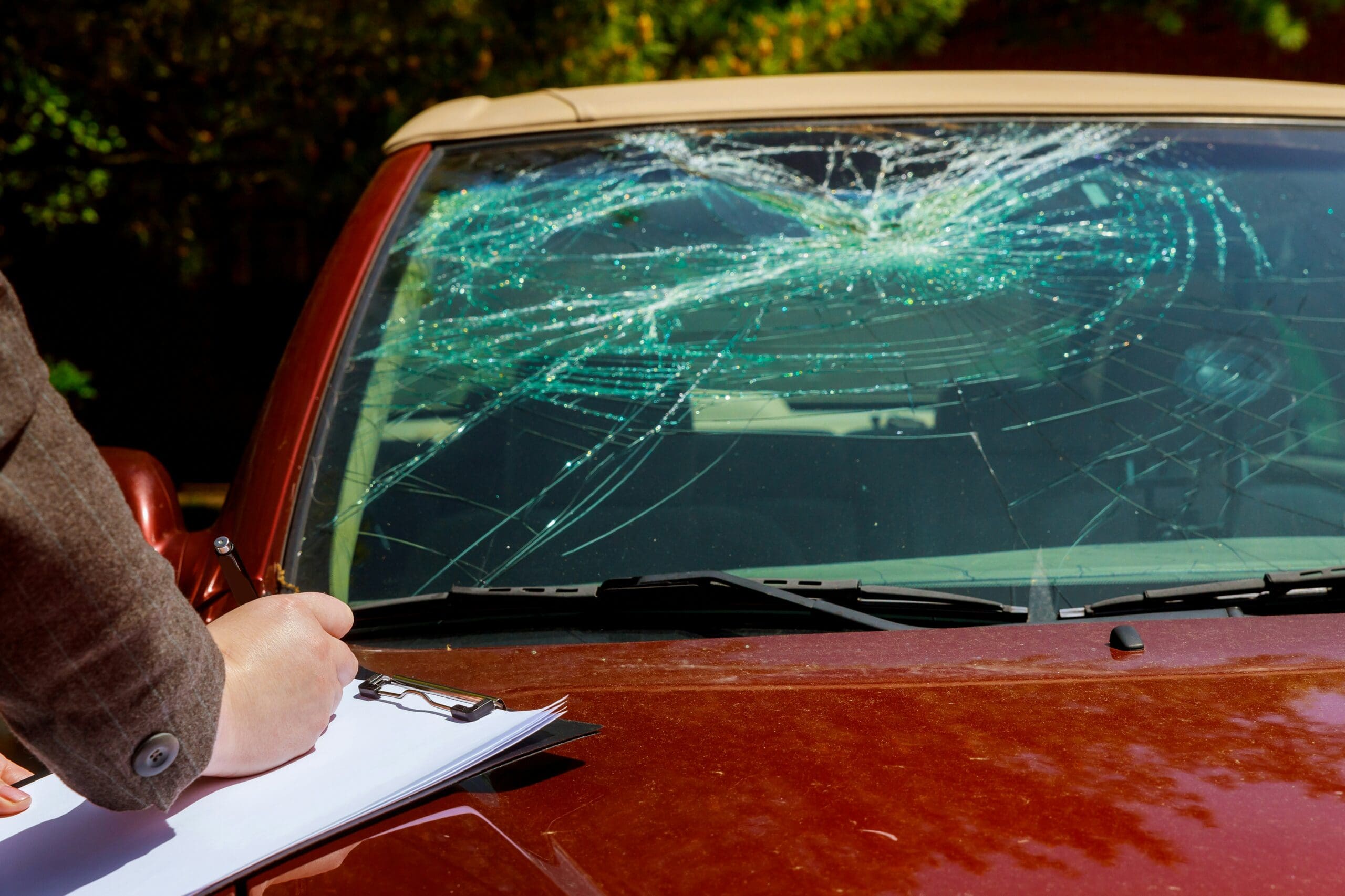Establishing liability is essential for filing an insurance claim or lawsuit. The specifics of your accident might create uncertainty about which liability insurance applies. For instance, was the other driver or the vehicle owner who caused your damages? Sometimes, both parties might share responsibility.
Liability may seem straightforward if your injuries were due to a distracted driver, a speeding motorist, or someone breaking traffic laws. However, other elements could influence your case. When filing an insurance claim, you might be entitled to seek compensation from multiple insurers.
Clarifying Liability in Car Accidents
Comprehending fault in car accidents is crucial for determining responsibility and the legal and insurance consequences. In car accident scenarios, fault denotes identifying the accountable party for the incident. This process involves evaluating negligence and traffic law violations and examining the events leading to the crash.
The liability assignment is influenced by whether a state follows at-fault or no-fault insurance systems. In at-fault states, the driver at fault carries the liability, and their insurance covers the damages.
Conversely, in no-fault states, each party’s insurance handles their costs, reducing the necessity of proving fault but potentially limiting options for seeking compensation via lawsuits. Contact Catania and Catania Injury Lawyers for assistance in understanding your state’s specific liability laws.
How Does Insurance Determine Fault?
Car insurance companies have a crucial role in determining faults after accidents. Following an incident, the insurer conducts an investigation. They examine all evidence, such as police reports, witness accounts, and physical evidence from the scene. Factors like traffic laws are also taken into account.
For instance, a driver running a red light and causing a crash is typically deemed responsible. Disagreements on fault sometimes arise among insurers, leading to potential court intervention for resolution.
Comparative Negligence
This is a legal principle used in accidents where both parties share fault to some extent. It recognizes that multiple parties can contribute to an incident, with each bearing responsibility.
In states with these laws, liability and compensation depend on the percentage of fault assigned to each party. For instance, if one driver is 70% at fault and the other 30%, their compensation reflects this division.
However, the application of comparative negligence differs among states. Some use comparative negligence, enabling even highly at-fault parties to seek partial compensation.
How Liability Works When You Drive a Friend’s Car
If you were authorized to drive your friend’s car, their car insurance should cover any accident; typically, auto insurance pertains to the car rather than the driver.
If the costs surpass their coverage limits, you would usually submit a claim with your own auto insurance provider. In the event of an accident while driving your friend’s car and the expenses exceed the policy limits, consider consulting a car accident lawyer for further guidance.
Who is allowed to drive someone else’s car? From an auto insurance standpoint, it includes a household member, a listed covered driver, or someone authorized by the owner to drive the vehicle.
Figuring Out Responsibility in Work-Related Car Accidents
Determining responsibility in a work-related car accident can be as intricate as a jam-packed rush hour. The distinction between personal and professional responsibility is blurred when driving.
Vicarious liability ensures employers can only be accountable for their employee’s actions while on the job. While employers may be responsible for work-hour car accidents, this accountability has limitations. If an accident happens outside the employee’s job duties or not in the employer’s interest, the employer’s responsibility stops.
In cases where an employee is carrying out work responsibilities, the employer would typically bear the consequences of an accident. Seeking advice from a car accident attorney is recommended for clearer insight into the liability aspects of work-related car accidents.
Endnote
A car accident can be both stressful and overwhelming. However, drivers and passengers must grasp the concepts of fault and liability. Fault is assessed by looking into the details of the accident, while liability identifies who will bear the financial responsibility for any resulting damages or injuries.

Be the first to comment